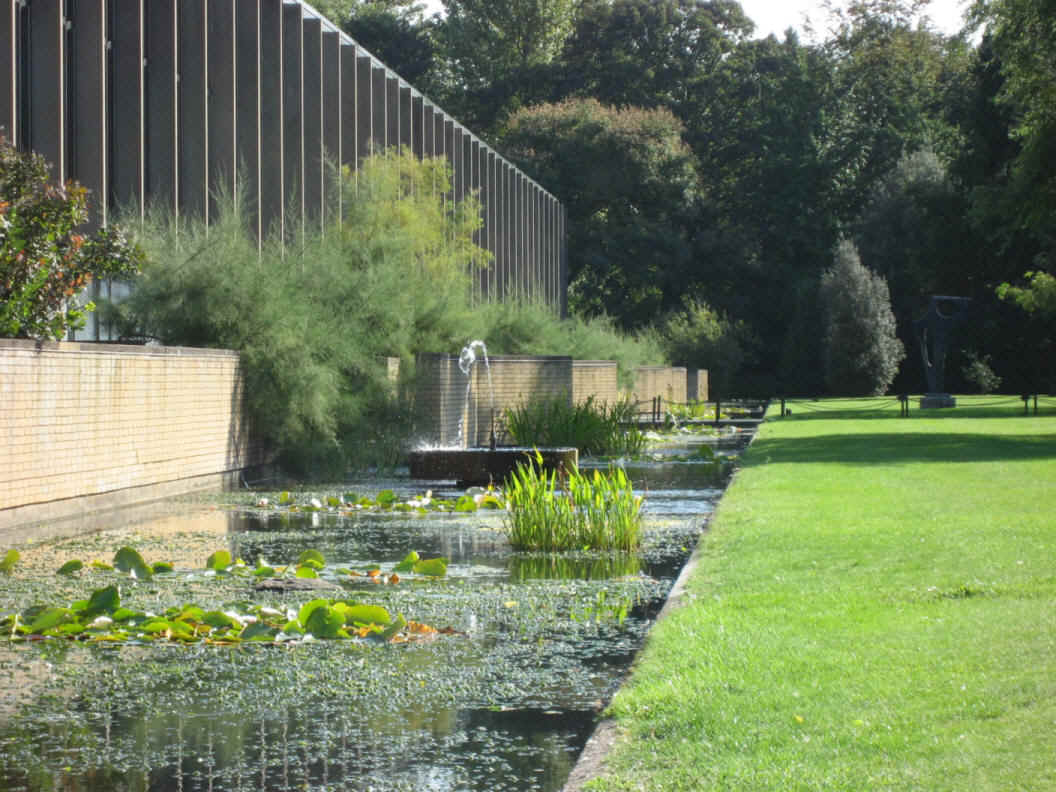|
Sofitel Sydney Wentworth
The Sofitel Sydney Wentworth (also referred to as the Wentworth Hotel) is a heritage-listed luxury five-star hotel located at 61–101 Phillip Street in the Sydney central business district, New South Wales, Australia. The Wentworth Hotel on this site opened in December 1966, to a design by associate architects Skidmore, Owings & Merrill and Laurie & Heath in the Post-war International Style, replacing the original Wentworth Hotel on Lang Street, which had operated since 1855 as one of Sydney's most prominent hotels. Originally owned and operated by Qantas, the hotel was operated by Sheraton from 1982, Rydges from 1995, and has been operated by Sofitel since 2004. The hotel stands at a height of , with 20 floors and 436 hotel rooms. History Development The history of the hotel dates back to 1855, when the Wentworth Hotel was first opened as a boarding house on Lang Street further to the west in inner Sydney. Owned and run by the Maclurcan family, the Wentworth Hotel eventual ... [...More Info...] [...Related Items...] OR: [Wikipedia] [Google] [Baidu] |
Phillip Street
Phillip Street is a street in the central business district of Sydney in New South Wales, Australia. While the street runs from King Street in the south to Circular Quay in the north, the present street is effectively in two sections, separated by Chifley Square. Other cross streets include Martin Place, Bridge Street, and Bent Street. It is the hotspot of Sydney's legal elite. History Phillip Street initially ran from Hyde Park in the south and original Government House at Bent Street in the north. After the governor's residence moved to the present Government House and the old residence was demolished in 1846, the street was extended north to Circular Quay. Presumably, it was named after Captain Arthur Phillip, the first Governor of New South Wales. In the 1860s the section of Phillip Street between Bent and Hunter Streets was realigned, to connect the northern section of Phillip Street with Elizabeth Street, rather than the southern section of Phillip Street. This ju ... [...More Info...] [...Related Items...] OR: [Wikipedia] [Google] [Baidu] |
Hotel Metropole, Sydney
The Hotel Metropole was a hotel located on a block bounded by Bent, Phillip Street, Sydney, Phillip, and Young Streets in the Sydney central business district, central business district of Sydney. From its opening in January 1890, it was considered as one of Sydney's premier hotels, and catered towards rural visitors to the city. Originally designed by architects Sheerin & Hennessy and Twentyman & Askew, the hotel was remodelled and extended in 1929 by Henry Budden. With the land value outstripping the profits gained by the hotel by the late 20th century, the hotel was closed in May 1970 and demolished later the same year to make way for a modernist office development, CAGA House (later demolished in 1992 for Governor Phillip Tower, Governor Macquarie Tower). History Early development and opening In the mid-1880s, it was reported that there was a lack of high quality hotel accommodation within the city of Sydney. In an August 1886 article reporting on the development of the Feder ... [...More Info...] [...Related Items...] OR: [Wikipedia] [Google] [Baidu] |
Arne Jacobsen
Arne Emil Jacobsen, Honorary Fellowship of the American Institute of Architects, Hon. FAIA (; 11 February 1902 – 24 March 1971) was a Danish architect and furniture designer. He is remembered for his contribution to functionalism (architecture), architectural functionalism and for the worldwide success he enjoyed with simple well-designed chairs. Biography Early life and education Arne Jacobsen was born on 11 February 1902 in Copenhagen. His father Johan was a wholesale trader in safety pins and snap fasteners. His mother Pouline was a bank teller whose hobby was floral motifs. He is of Jews, Jewish descent. He first hoped to become a painter, but was dissuaded by his mother, who encouraged him to opt instead for the more secure domain of architecture. After a spell as an apprentice mason, Jacobsen was admitted to the Architecture School at the Royal Danish Academy of Fine Arts where from 1924 to 1927 he studied under Kay Fisker and Kaj Gottlob, both leading architects and ... [...More Info...] [...Related Items...] OR: [Wikipedia] [Google] [Baidu] |
Robert Law-Smith
The name Robert is an ancient Germanic given name, from Proto-Germanic "fame" and "bright" (''Hrōþiberhtaz''). Compare Old Dutch ''Robrecht'' and Old High German ''Hrodebert'' (a compound of '' Hruod'' () "fame, glory, honour, praise, renown, godlike" and ''berht'' "bright, light, shining"). It is the second most frequently used given name of ancient Germanic origin.Reaney & Wilson, 1997. ''Dictionary of English Surnames''. Oxford University Press. It is also in use as a surname. Another commonly used form of the name is Rupert. After becoming widely used in Continental Europe, the name entered England in its Old French form ''Robert'', where an Old English cognate form (''Hrēodbēorht'', ''Hrodberht'', ''Hrēodbēorð'', ''Hrœdbœrð'', ''Hrœdberð'', ''Hrōðberχtŕ'') had existed before the Norman Conquest. The feminine version is Roberta. The Italian, Portuguese, and Spanish form is Roberto. Robert is also a common name in many Germanic languages, including Engl ... [...More Info...] [...Related Items...] OR: [Wikipedia] [Google] [Baidu] |
